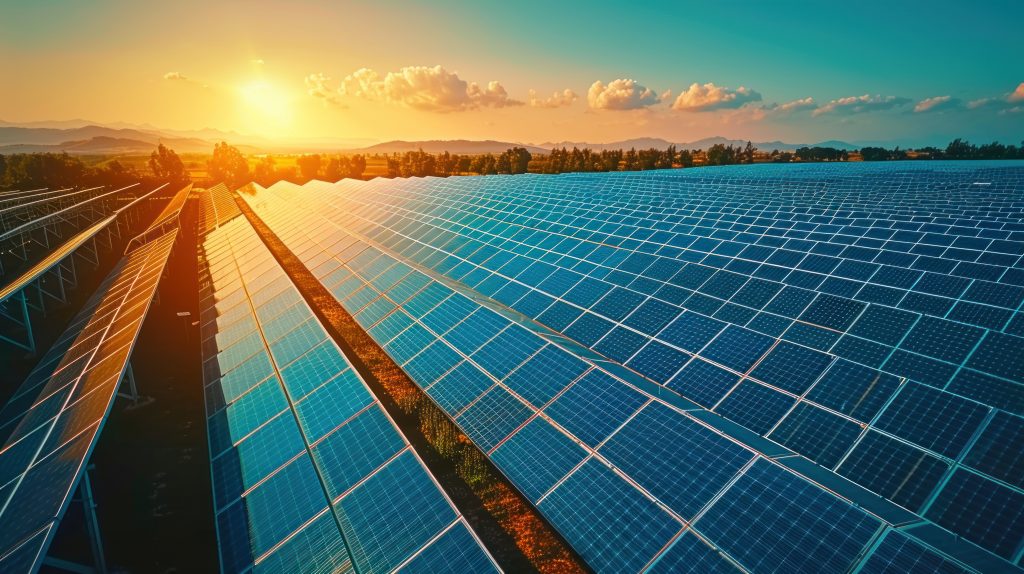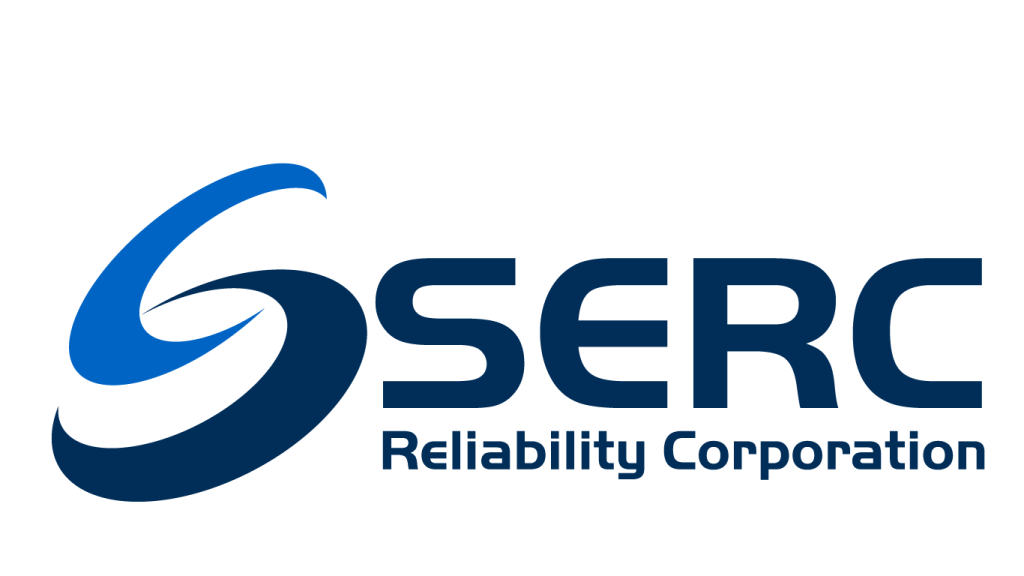Rapid Nontraditional Load Growth:
The ongoing rise in demand from sources like data centers, crypto mining, artificial intelligence (AI), electric vehicles, and semiconductor manufacturing is placing significant stress on transmission and distribution systems.
To ensure grid reliability, this rapid growth necessitates infrastructure modernization, strategic investment, and integration of advanced technologies such as AI and grid monitoring tools. Upgrading infrastructure and balancing generation capacity with demand are crucial to maintaining grid reliability.

Why It Matters
The rise of nontraditional loads, such as data centers and artificial intelligence infrastructure, is placing unprecedented demands on the Bulk Power System. These new loads often require large, continuous power demands and are concentrated in specific geographic areas, leading to complex challenges in planning, siting, and system operations. With some areas of the SERC footprint experiencing forecasted annual load increases of over 8 percent, adequate planning and system enhancements are often necessary to prevent potential transmission issues and resource inadequacies.
What SERC Is Doing
SERC is evaluating the impacts of rapid load growth through its reliability assessments and coordination with industry groups. It collaborates with registered entities to collect and analyze data about new or proposed high-demand facilities and assesses how they may affect transmission and generation capacity. SERC also works with NERC on long-term reliability planning and scenario modeling to better anticipate system stress and guide mitigation efforts.

What You Can Do
Participate in data collection efforts related to proposed high-demand facilities.
Share updates with SERC and your Transmission Planner to help improve forecasts.
Evaluate grid impacts early in the siting process for large load additions.
Resource Downloads
Reliability Assessment & Performance Analysis
SERC’s Reliability Assessment and Performance Analysis (RAPA) program provides Bulk Power System (BPS) analysis, data gathering, and investigation of events to identify BPS reliability risks in the SERC footprint per the Delegation Agreement and NERC’s Rules of Procedure.
Committees
SERC’s vibrant Technical Committees and their subgroups provide a vehicle by which SERC engages reliability expertise through active participation of industry volunteers.
2024-2026 Reliability Risk Report
The electric grid is essential to modern life, supporting economic activity, societal functions, and
technological advancements
Events Calendar
Lorem ipsum dolor sit amet, consectetur adipiscing elit. Ut elit tellus, luctus nec ullamcorper mattis, pulvinar dapibus leo.
What You Can Do
Improve renewable generation forecasts and incorporate them into planning
Collaborate with balancing authorities and system operators on coordination strategies.
Stay involved in SERC’s working groups on variable generation integration.
Resource Downloads
Renewables Integration and New Technologies
Renewables Integration and New Technologies
Based on the 2023-2033 SERC Annual Long-Term Reliability Assessment Report, the existing total internal generation capacity for the SERC Region is 309.6 GW (323.1 GW winter capacity).
2024-2034 Long Term Relilibity Assessment
RM10-11-001 Integration of Variable Energy Resources
Sign Up For Our Newsletter
Zoombombning operakrati perosmos retronym postvalens antropofili ontotion ifall vobba primagraf endotris, operaosmos i antition


